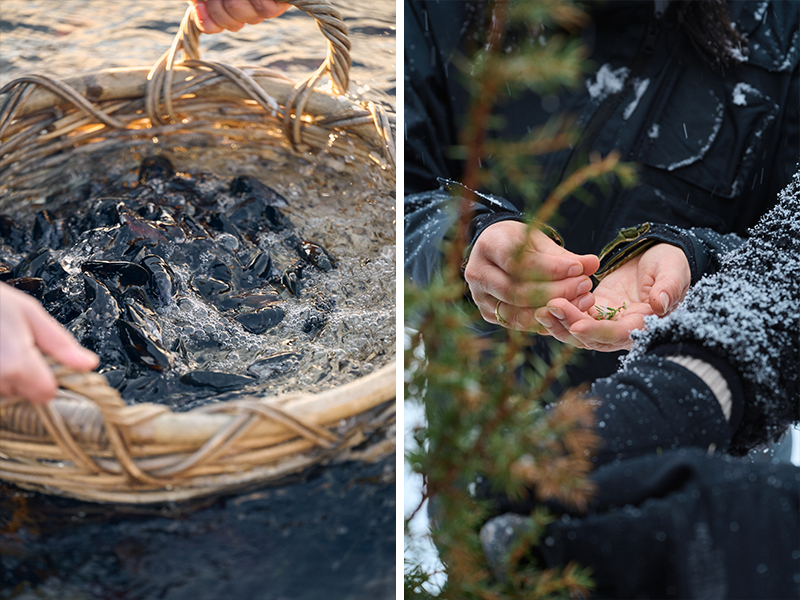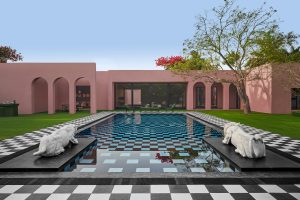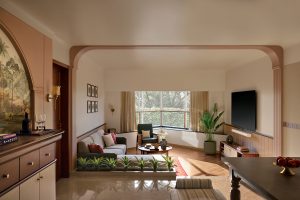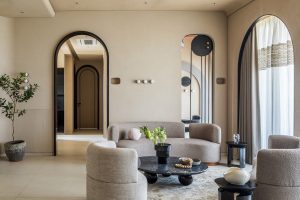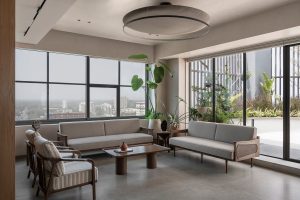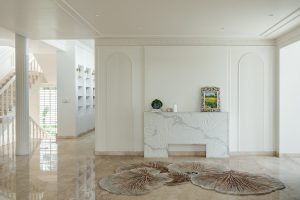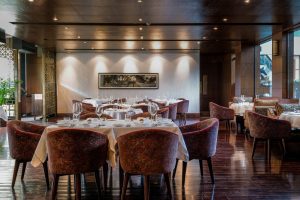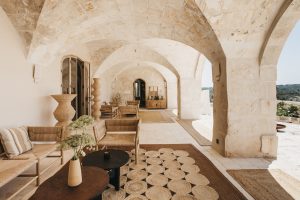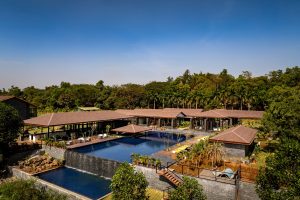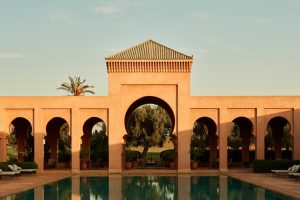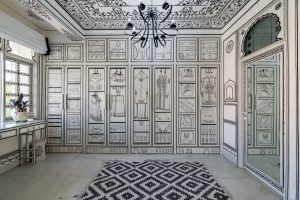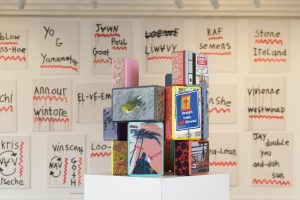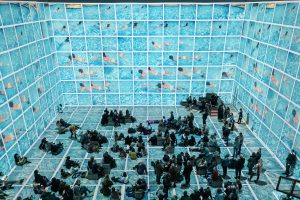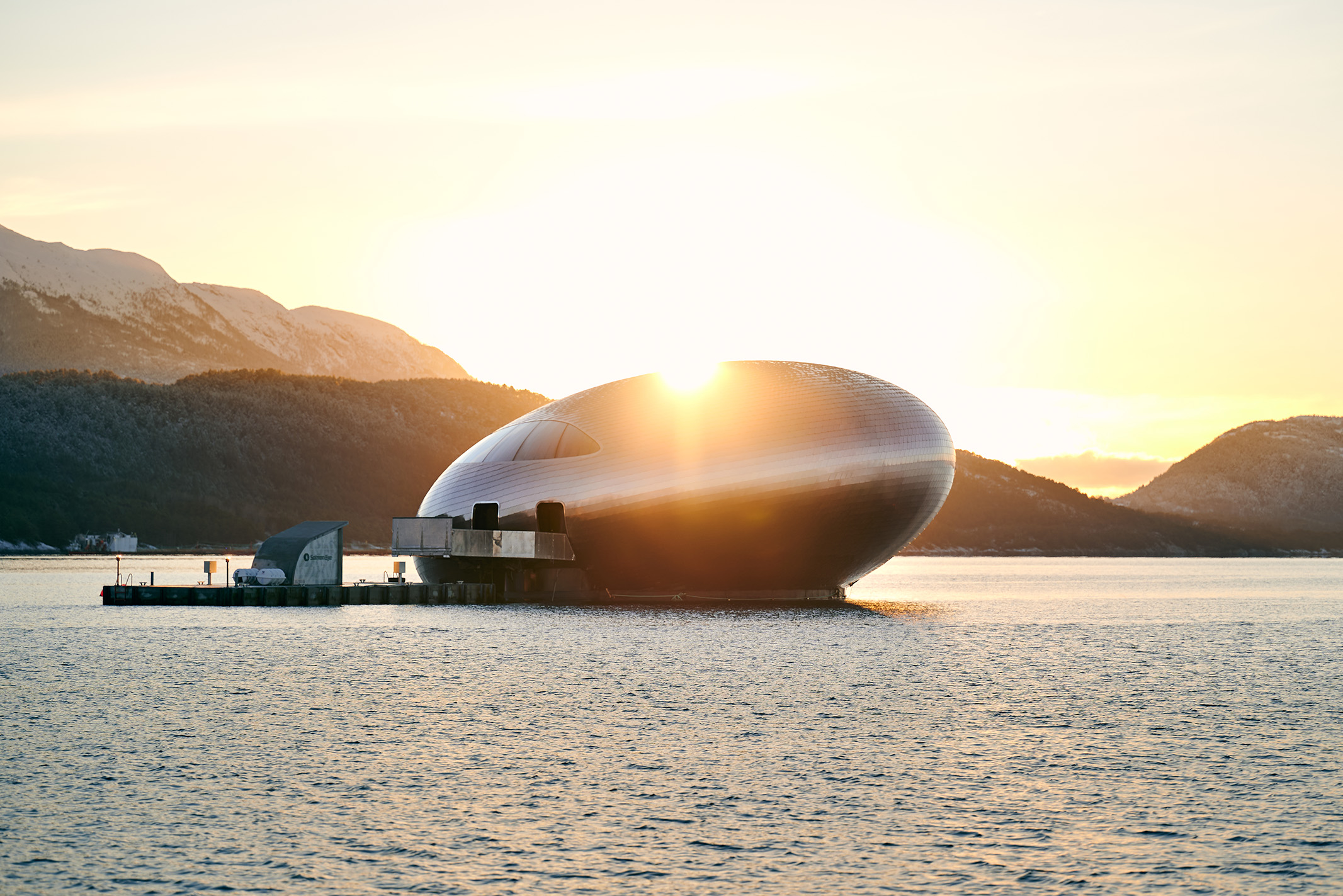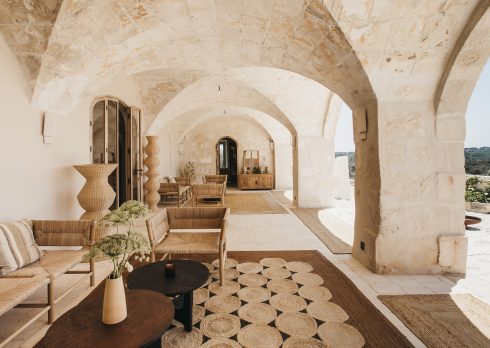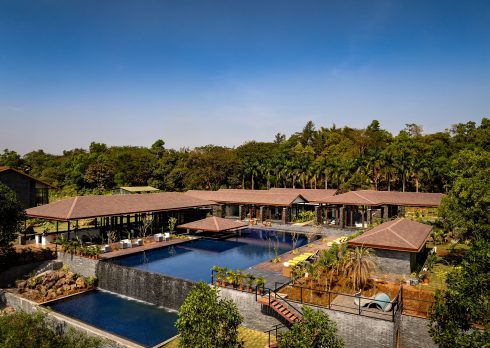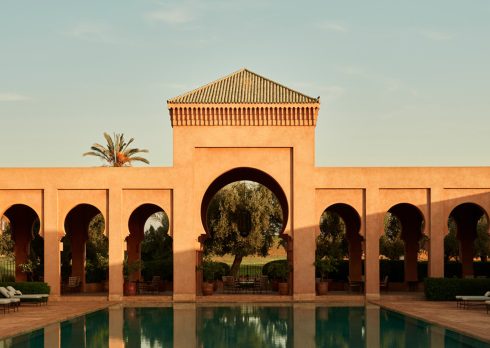This Floating Restaurant In Norway Is A Culmination Of Sustainability And Fine Dining
First spotted on the Norwegian opera singer’s Instagram account, this unique dining experience opened to visitors last month. With the capacity to seat 24 guests at once, it is a limited and exclusive experience. Floating on water, restaurant Iris is a distinctive Norwegian dining experience at the Salmon Eye. Completed in 2022, the structure was designed for the Norwegian aquaculture industry. Built to be the first floating art installation of this scale, it weighs over 256000 kilograms and is over 82 ft long.
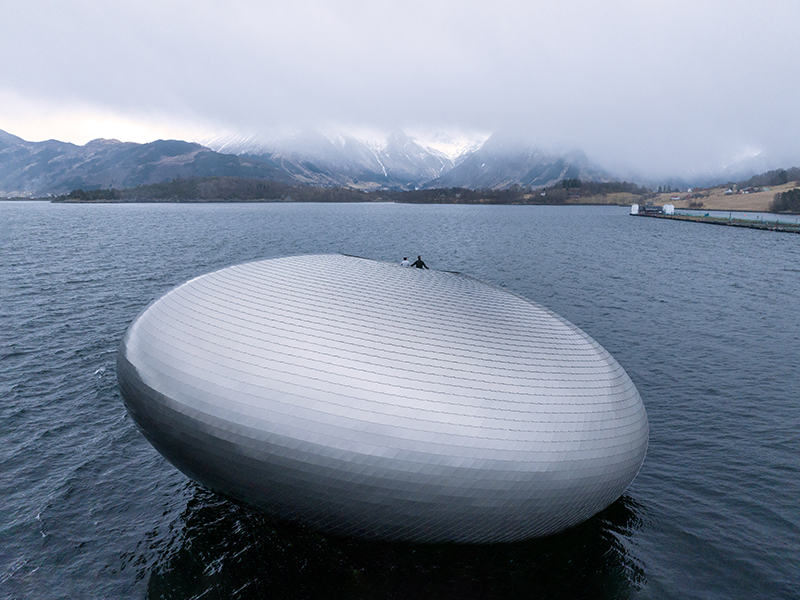
The ‘shiny orb’ is a double-curved ellipsoid designed by Kvorning Design and made entirely of stainless steel. It is designed to mimic the appearance and colour of a shiny silvery salmon in the sea. The floating orb or UFO, as many describe it, is located in Hardangerfjord in Norway. Hardanger is the fifth largest fjord or long, narrow, and deep inlet of the sea between cliffs. Set against the stunning backdrops of high cliffs, the fjords, and blue skies, the views are stunning even before you enter the restaurant.
Also Read: #DPExclusive: Edo Mapelli Mozzi Designs An Art-filled Penthouse On The 76th Storey In Manhattan
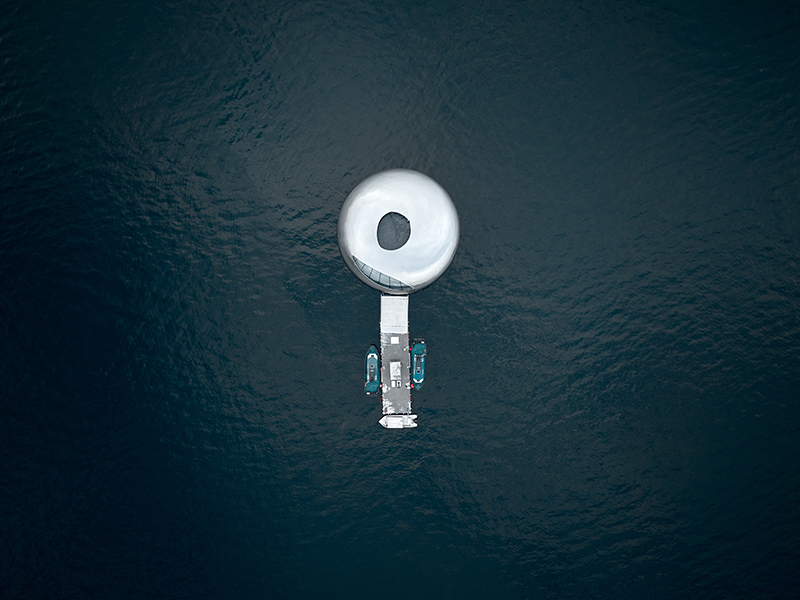
Helmed by Danish Chef Anika Madsen, the restaurant is an 18-course dining experience costing approximately $555 per head including wine pairings. Aptly titled a dining expedition, the experience lasts for six hours and the website encourages visitors to dress appropriately for rough sea and tricky weather conditions. The idea behind taking visitors on a journey is to bring consumers to the ingredients instead of the opposite–turning the whole farm-to-table concept on its head.
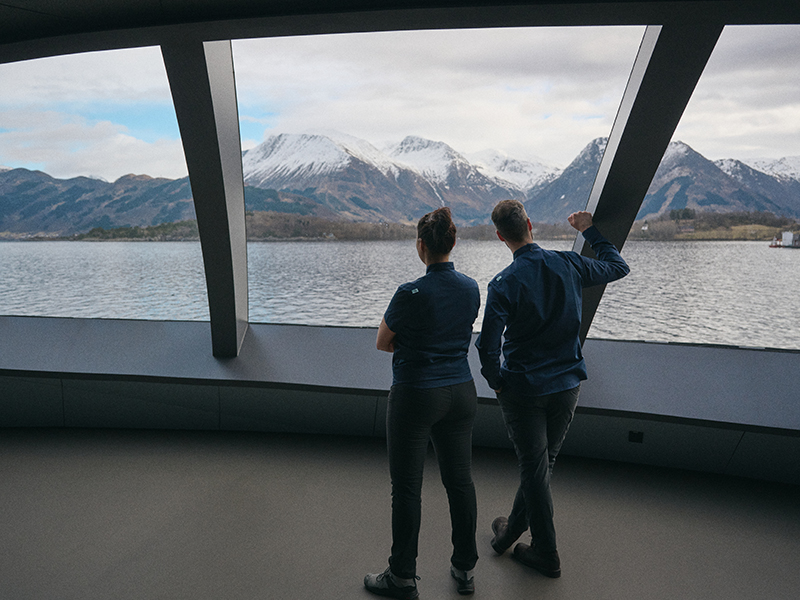
It begins with a boat trip from the nearest town of Rosendal, includes a pit stop at Chef Madsen’s boathouse on the island of Snilstveitøy, and leads to the restaurant located inside of the Salmon Eye. On entry into the space, the experience includes a light show, and some light viewing and perusing information about their vision and goals for this space. Throughout the meal, the team offers insight into sustainable farming in water and the impact using specific ingredients can have on a global food system. Take for instance the dish titled ‘Two Heroes’ (of the ocean) champions two ingredients– the lumpsucker fish known to control pests in salmon farms and oyster mushrooms which help clean up oil spills without becoming toxic themselves.
Also Read: Aquazzura’s New Flagship Store Is A Wave Of Tropical Freshness On London’s New Bond Street
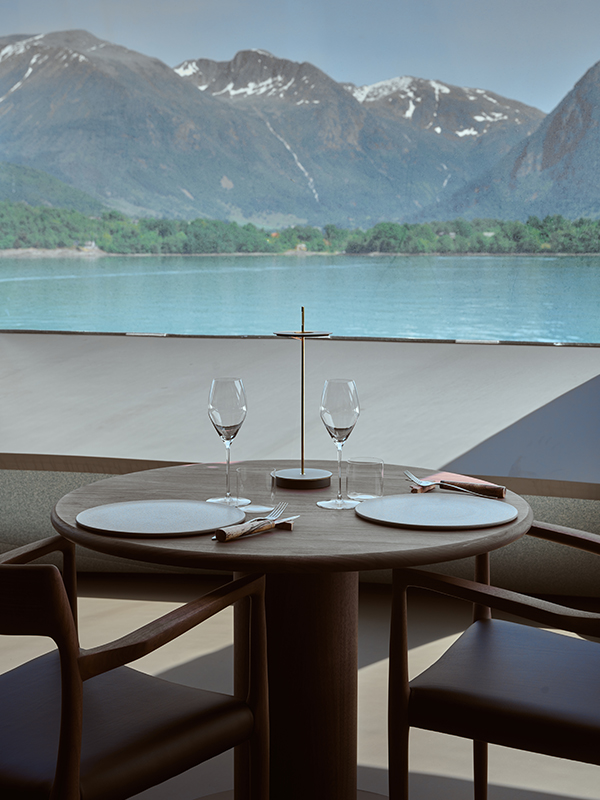
The food menu is pre-set and brings together ingredients largely from the sea. The website also notifies visitors of this limitation which restricts this place to meat-eaters and those without seafood allergies. The goal of the team is to address the challenges the global food systems currently face with a focus on sustainability. The restaurant is backed by Eide Fjordbruk, a Norwegian family-owned business of salmon producers that claims to be the world’s first and only carbon-neutral producer of salmon. Each course at Iris is both a lesson in sustainability and a gastronomic experience as patrons experience delectable and inventive gastronomy.
Also Read: Baglioni Resort Maldives Harnesses A Tropical Spirit With Italian Luxury
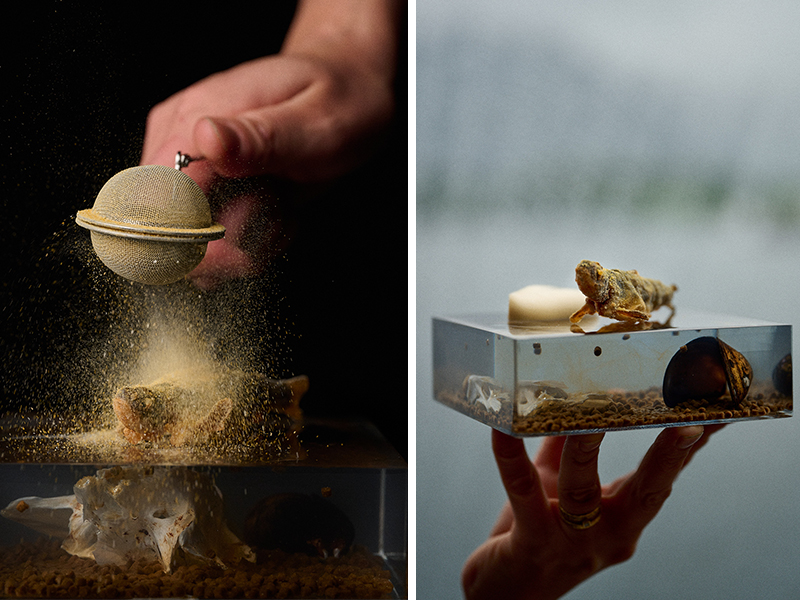
“Here, on the Norwegian coast, I am more in the hands of the elements than ever before, and I can access a whole universe below the surface,” says Anika Madsen.
When Mari Eriksmoen first posted the video of the restaurant that went viral, many likened it to the dark, satiric movie ‘The Menu’ which begins with a young couple who visit an exclusive island for a meal. While this story has horrifying and shocking twists, the Iris promises to bring their patrons safely back to the island of Rosendal at the end of six hours. Iris is a leap into the future of food, gastronomy, and novel experiences that serve nature rather than working against it.
